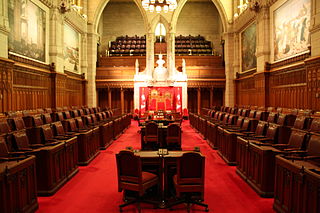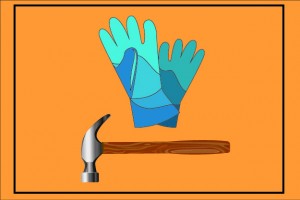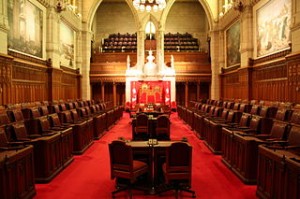Featured Articles: Birth and the Law
Few events in life are as intimate and personal as giving birth, but even this aspect of life has legal ramifications and consequences.
Who is a Parent? Not a Simple Question!
Stephanie Laskoski
It used to be pretty straightforward, the definition of a mother or father but modern technology and evolving relationships have led to changing definitions.
No Right to Know One’s Past
Nikita Rathwell
One British Columbia woman’s quest to find the identity of her sperm donor dad has ended in failure.
Legal and Ethical Support for Newborn Safe Havens
Geoffrey W. Cundiff, Thomas D. Maddix, Karen Macmillan, Gordon Self, Josh Stachniak
The safe placing of a newborn by a parent began in the Middle Ages and now is provided in Canada.
Midwifery in Canada
Connie L. Mah
Midwifery is its own health care profession created by provincial legislation and with its own rules, Codes of Conduct and professional associations.
Birth, Families and Employment
Linda McKay-Panos
It is an economic reality that most parents must return to work after the birth of a child: there are laws that can help.
Special Report: The Law and ChristmasA Secular Christmas (Coming in December) Ask a Law Librarian |
ColumnsHuman Rights Law |


 You’ll recall that, a few posts back in this series, we noted that the role of a Senator was intended to be quite different than the role of a Minister of Parliament (MP). That is still the case today.
You’ll recall that, a few posts back in this series, we noted that the role of a Senator was intended to be quite different than the role of a Minister of Parliament (MP). That is still the case today.



